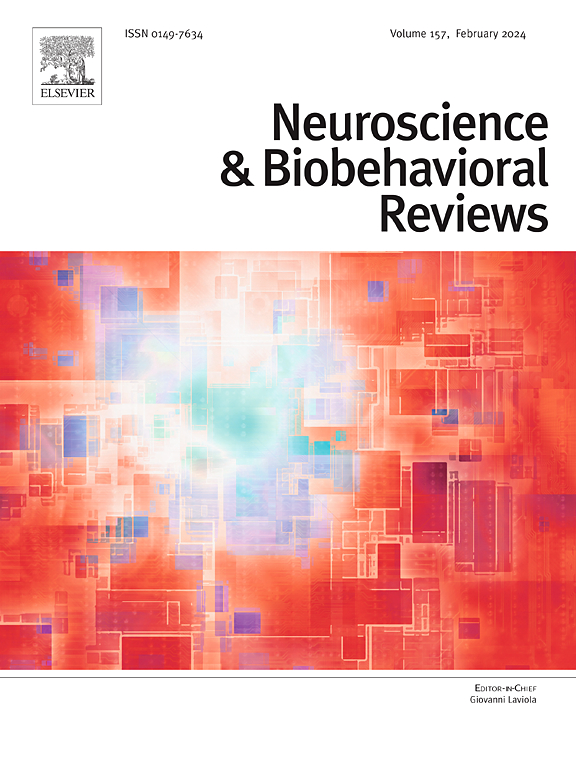Conscious experiences during non-rapid eye movement sleep parasomnias
IF 7.5
1区 医学
Q1 BEHAVIORAL SCIENCES
引用次数: 0
Abstract
Disorders of Arousal (DOA) are non-rapid eye movement (NREM) parasomnias traditionally regarded as unconscious states. However, recent research challenges this assumption. This narrative review aims to explore the presence and qualitative features of conscious experiences in patients with DOA during their episodes. The literature indicates a higher recall of conscious experiences during DOA episodes than previously believed, estimated at about 50–60 % in adults (immediately post-episode). Data on children are limited but suggest a lower recall rate (<30 % when interviewed retrospectively). Patient reports range from brief scenic fragments to elaborate scenarios with plot development, often fraught with negative emotions and misfortunes and with considerable correspondence between subjective experiences and observed behaviors. In many of the described cases, patients appear to enact their dreams, entering a hallucinatory state where internally generated images overlay external percepts. The potential implications for clinical management, research endeavors, and legal considerations regarding nocturnal violence, along with existing limitations and controversial points, are discussed.
非快速眼动睡眠寄生虫期间的意识体验。
唤醒障碍(DOA)是一种非快速眼动(NREM)寄生虫,传统上被视为无意识状态。然而,最近的研究对这一假设提出了挑战。这篇叙述性综述旨在探讨唤醒障碍患者在发作期间是否存在意识体验以及意识体验的定性特征。文献表明,对 DOA 发作期间精神活动的回忆比以前认为的要高,估计成人中约有 50-60%(发作后立即回忆)。有关儿童的数据有限,但表明儿童的回忆率较低 (
本文章由计算机程序翻译,如有差异,请以英文原文为准。
求助全文
约1分钟内获得全文
求助全文
来源期刊
CiteScore
14.20
自引率
3.70%
发文量
466
审稿时长
6 months
期刊介绍:
The official journal of the International Behavioral Neuroscience Society publishes original and significant review articles that explore the intersection between neuroscience and the study of psychological processes and behavior. The journal also welcomes articles that primarily focus on psychological processes and behavior, as long as they have relevance to one or more areas of neuroscience.

 求助内容:
求助内容: 应助结果提醒方式:
应助结果提醒方式:


